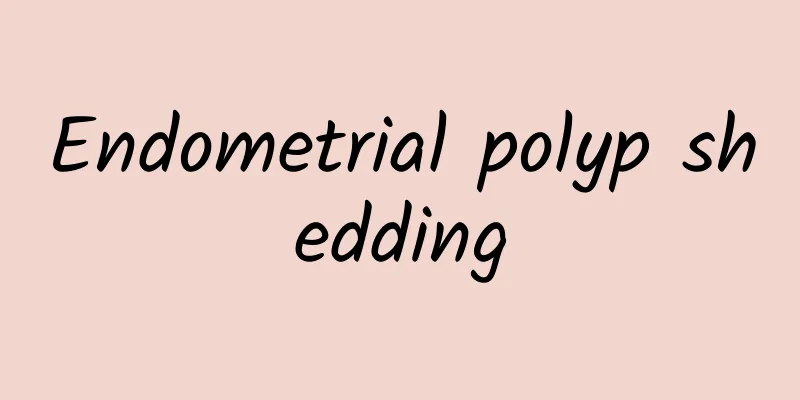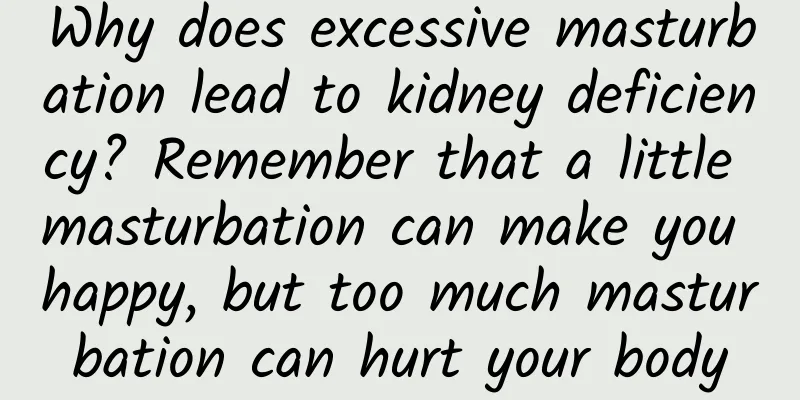Endometrial polyp shedding

|
Endometrial polyp shedding is also known as endometrial polyp, which is a very common gynecological disease. Because it occurs in the uterus, the harm it causes is still very great. There are many treatments for endometrial polyps, which are mainly divided into conservative treatment and surgical treatment. The appropriate treatment method is different for different patients' conditions, and it is necessary to solve the symptoms to avoid increased harm. treat 1. Conservative treatment For small, asymptomatic polyps, no intervention is required temporarily. Some polyps may resolve spontaneously. Drug treatment of polyps is not recommended. 2. Hysteroscopic transurethral resection For patients with obvious clinical symptoms, those who have been found to have growths in the uterine cavity by B-ultrasound, or those whose intrauterine growths cannot completely rule out the possibility of malignancy, surgical treatment is recommended. In addition, patients who want to have children and are found to have possible endometrial polyps are also recommended to try for pregnancy after surgery. Hysteroscopic polypectomy is the main treatment method with relatively low associated risks, and all removed tissues are sent for pathological examination. (1) The surgery is usually performed 3 to 7 days after the end of menstruation. Sexual intercourse is prohibited 3 days before the surgery. Patients can hold their urine for a while before the surgery to facilitate B-ultrasound monitoring during the surgery. (2) Rest for at least one week after surgery. Sexual intercourse and bathing are prohibited within one month after surgery. (3) Pay attention to changes in the condition. There may be a small amount of vaginal bleeding within 2 months after hysteroscopic transurethral resection. If the bleeding is heavy, seek medical attention immediately. Normal menstruation can be resumed in the 3rd month. 3. Radical surgery For patients over 40 years old, if the bleeding symptoms are obvious, the above treatment cannot eradicate them or they recur frequently, total hysterectomy may be considered. Prognosis 25% of endometrial polyps (especially those less than 1 cm in diameter) can resolve on their own; hysteroscopic polypectomy can improve the symptoms of abnormal uterine bleeding in 75% to 100% of cases; removing endometrial polyps can improve fertility in infertile patients. This disease is prone to recurrence, and regular follow-up examinations should be conducted after surgery, once every 3 months. However, for those asymptomatic, repeated surgical treatment is not necessary. |
Recommend
How to treat liver spots? What are some simple methods?
Liver spots are commonly known as chloasma, which...
How to lengthen your penis
During the second development process, if the sec...
The efficacy and function of seven herbs to relieve itching
If you have prickly heat, I think talcum powder i...
What are the symptoms and treatments of pancreatitis?
Pancreatitis is a relatively common disease. Once...
What should I do if my mouth corners repeatedly develop herpes?
Herpes is a skin disease that is relatively commo...
How to regulate after stopping hormone medication
Hormone drugs have anti-allergic, anti-inflammato...
Farting, acne, hemorrhoids, increased hair, and other embarrassing things during pregnancy. What should you do?
Pregnancy changes not only your life but your bod...
How to do moxibustion?
In our lives, moxibustion is a treatment method d...
What does plantain look like?
Plantain is a kind of Chinese herbal medicine. It...
What medicine is good for chronic cough caused by Yin deficiency?
The symptom of Yin deficiency and long-term cough...
What causes an empty gestational sac?
Do you know what an empty gestational sac is? The...
Is nephritis easy to cure? How to treat it with traditional Chinese medicine
Nephritis is a very serious disease that can caus...
Pain in the back of the thigh below the buttocks
After we exercise or when we accidentally get inj...
How to flush your bladder
Bladder irrigation is a relatively common treatme...
Is Dendrobium candidum cold in nature?
Dendrobium candidum is also a kind of traditional...









